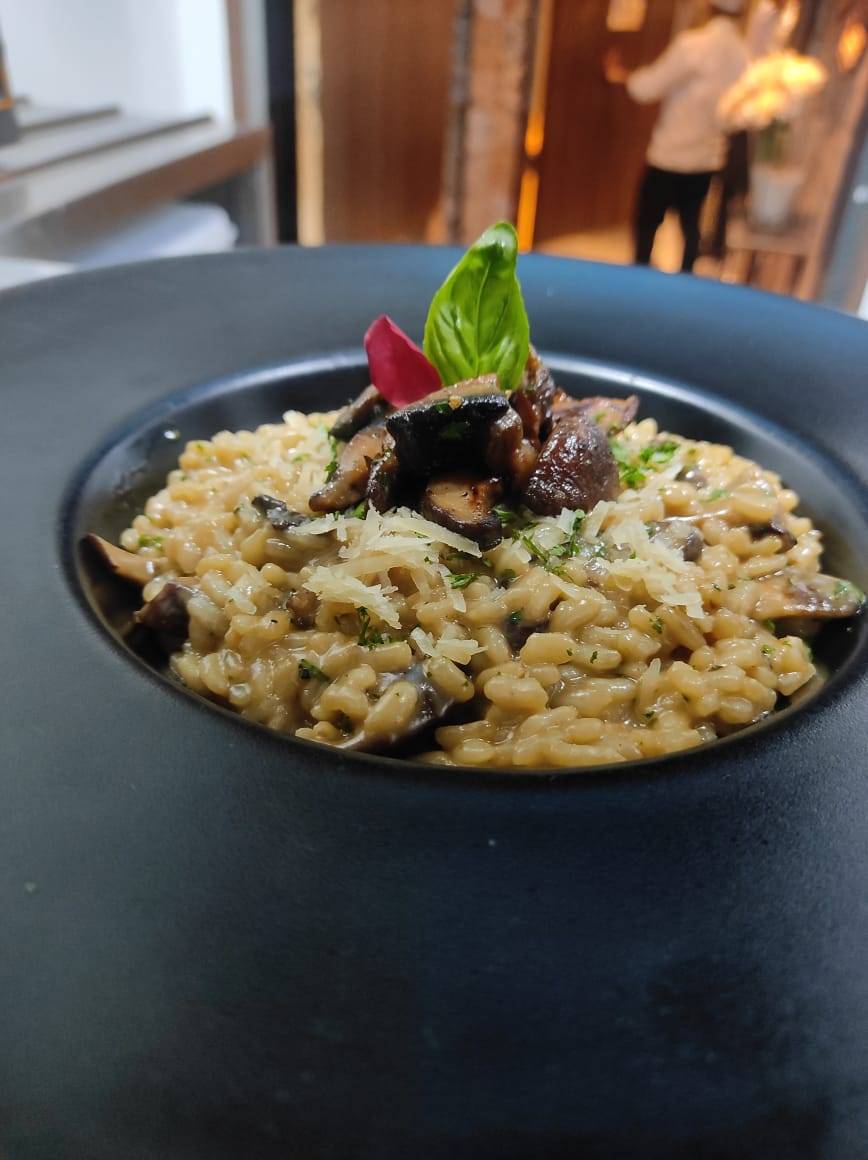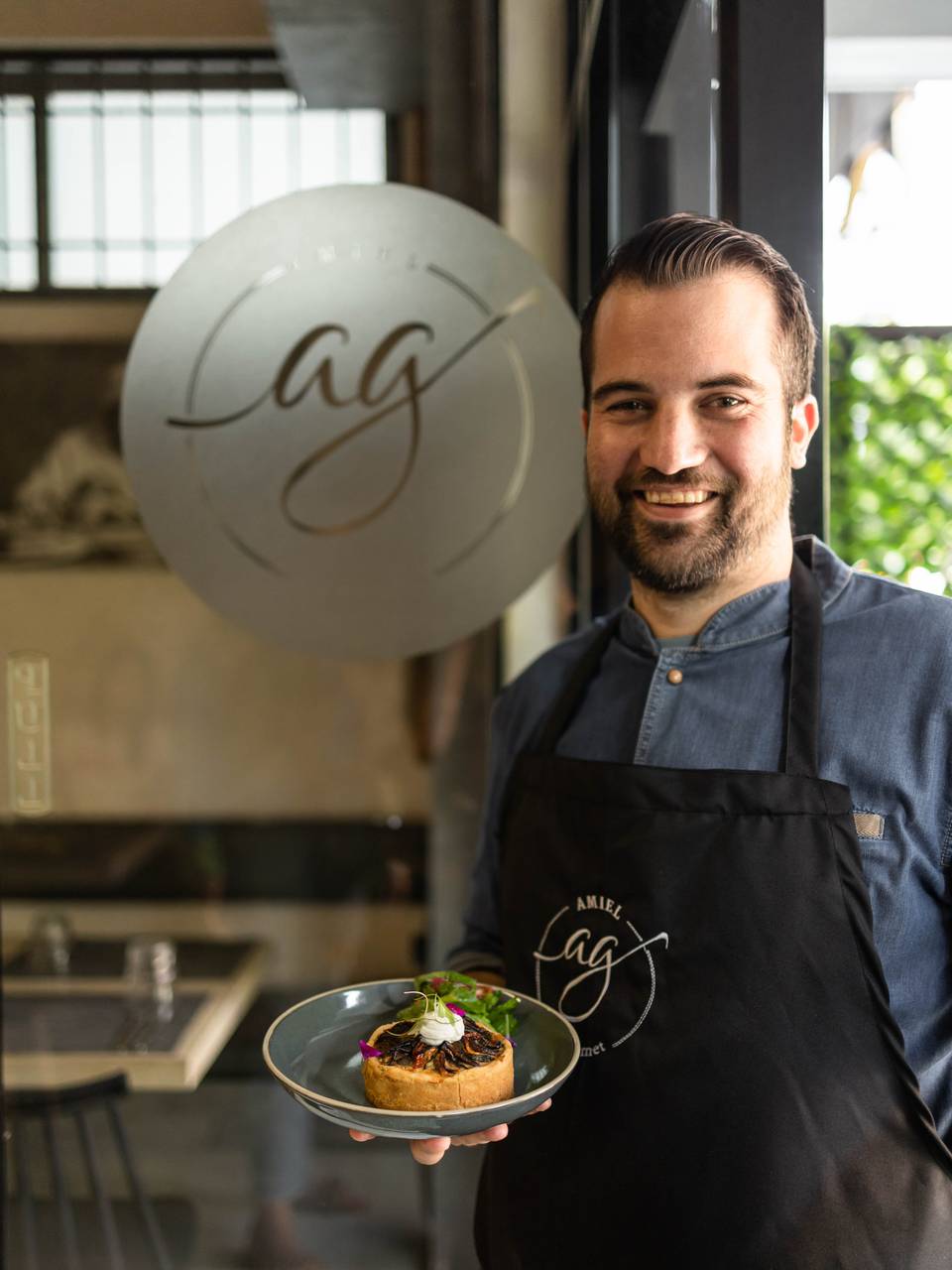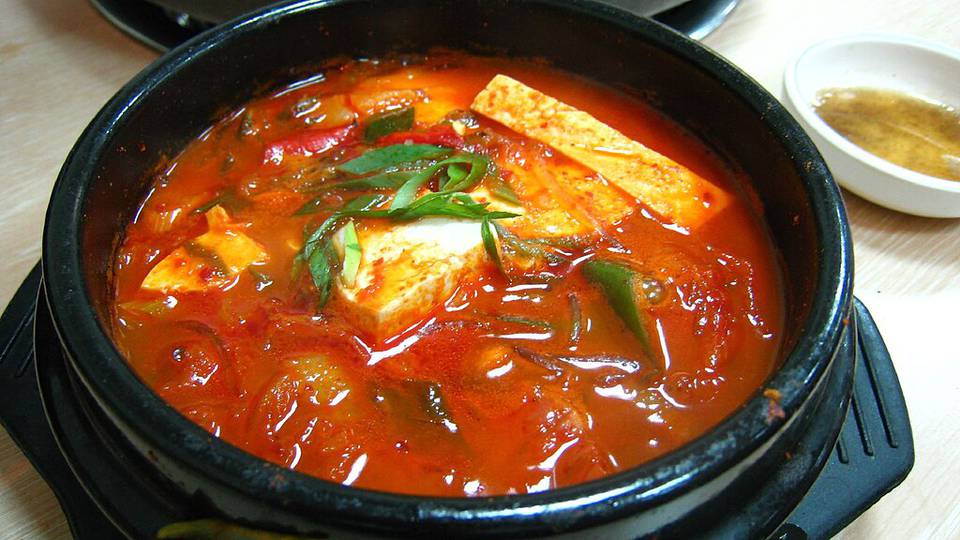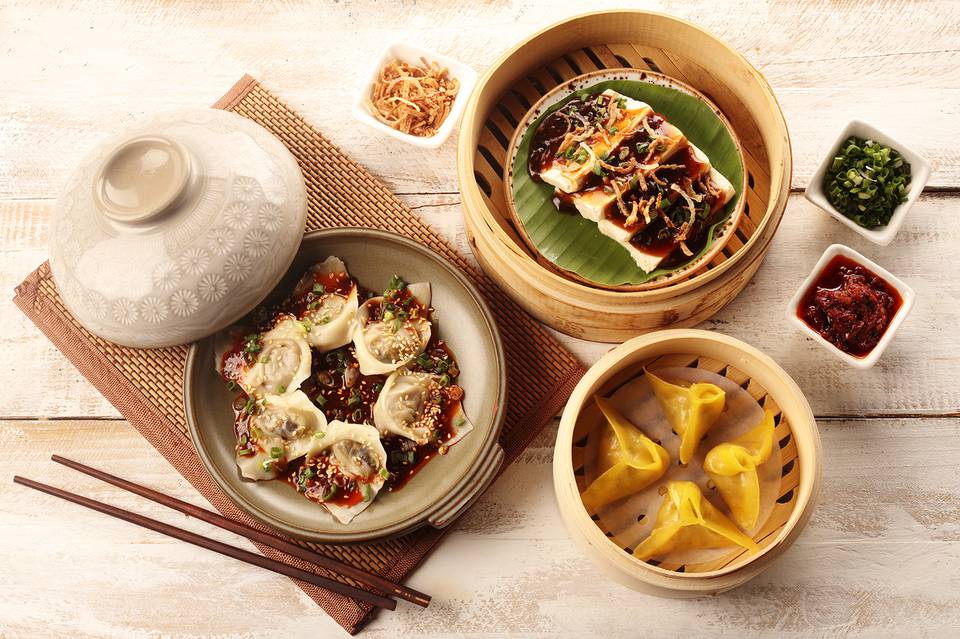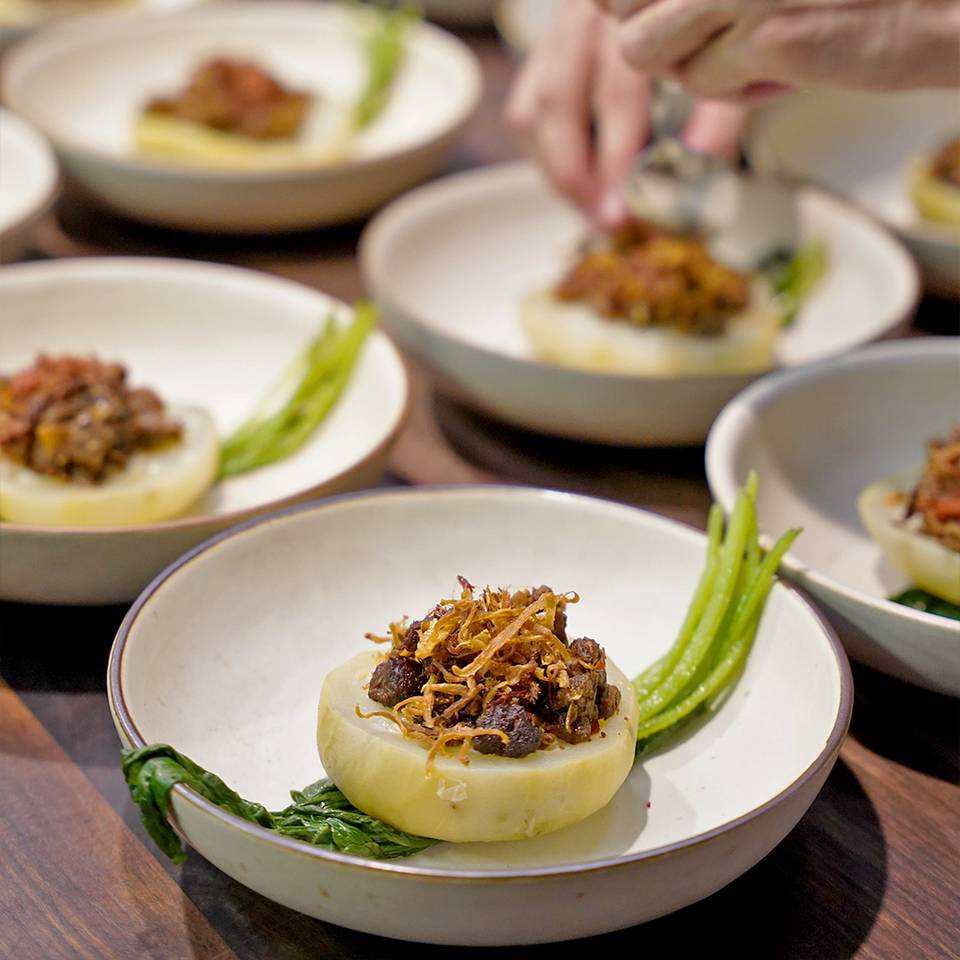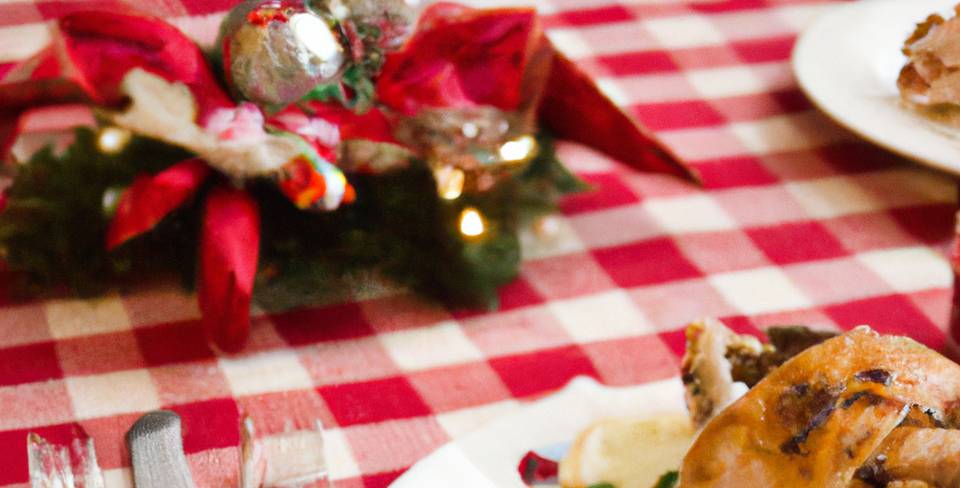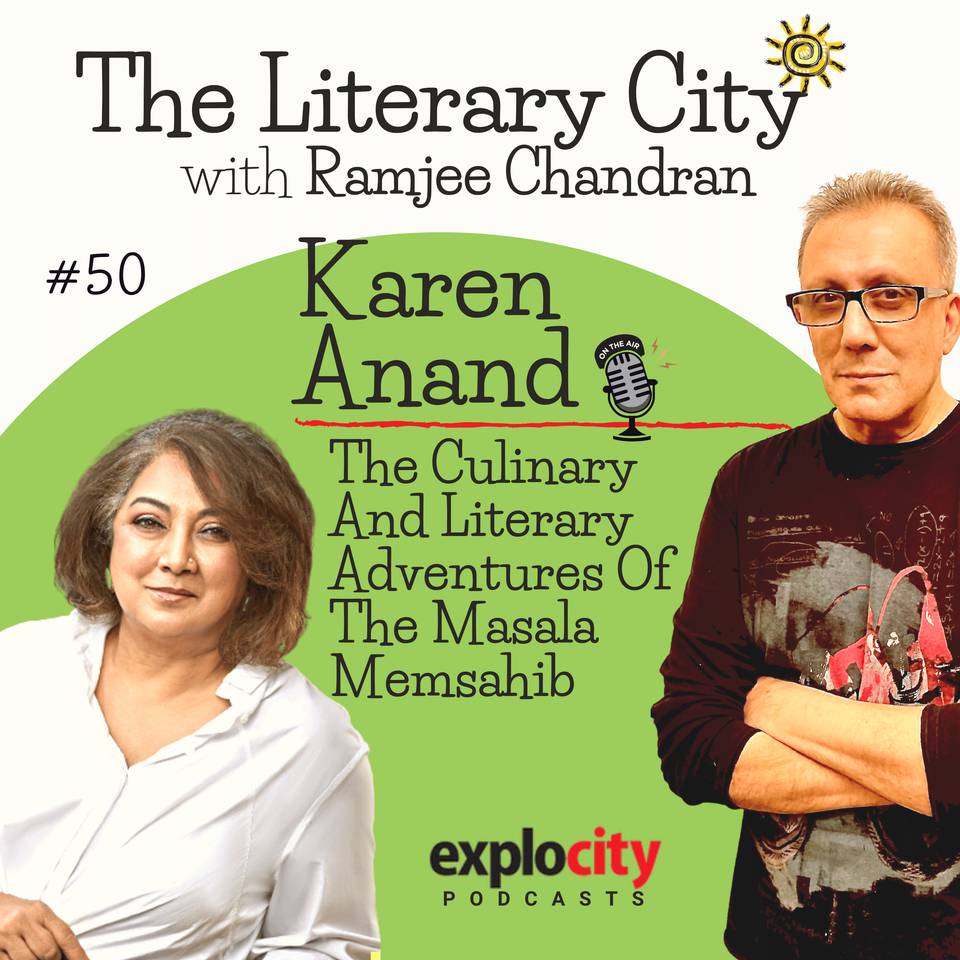Fasting with a feast
Oct 11, 2019, 11 34 | Updated: Oct 11, 2019, 11 34
As Bangalore’s weekend dining newsletter, we thought it was only right that we give you a round up of the festive feasts around town. But what we came across left us a little puzzled. Keep reading to find out.
The festive season has begun and we are in the middle of Navratri, the nine-day prelude to Dussera. And apart from all the merrymaking, Navratri is also an auspicious period where many are known to fast. That is, abstain from the goodies in order to appease the gods.
However, restaurants in Bangalore are going all out with special meals dedicated to the occasion of Navratri. They are serving what they call the ‘Vrat’ or ‘Fasting Thali.’ Fasting Thali - sounds like a gastronomic oxymoron.
Mast Kalandar, the north Indian cuisine restaurant with 45 branches across India, is one of the restaurants serving the Navratri Thali. Only, they’ve gone a step further by providing their customers with a fasting as well as a feasting thali. One for while you are fasting and one for after you break your fast.
Our only query is: if you’re fasting, then should you be eating in the first place?
Similarly, joining the thali bandwagon is a restaurant already renowned for its thalis – Khandani Rajdhani. Fortunately, they’ve stuck to calling theirs a ‘Vrat Thali’ and nothing more.
So what exactly does the fasting thali constitute?
Rajgira (amaranth flour) ka thepla, sabudhana (sago) khichdi, singara (water caltrop) ke pakode, rajgira ki kadhi, sabudhana wada, rajgira ki puri, paneer tomoto, alu sukha bhaji, sabudhana upwas papad, soma rice, tomato achar (pickle), shrikhand, fruit salad, khopra (coconut) chutney, etc. (If you didn’t quite get all that, Google it.)
Sounds like quite a fast. But our question still remains unanswered.
We found another restaurant that offers the Vrat Thali – NH8. Located in Indiranagar, the restaurant serves north Indian, Gujarati and Rajasthani cuisine. The owner, Amit Sharma, finally manages to put our dilemma to an end.
He explains that Vrat (which translates to vow in English) is when you avoid eating things like regular wheat and salt. Upwaas, on the other hand (which translates to fasting), is complete abstinence from food.
A simple case of ‘Lost in Translation,’ it seems.
He goes on to tell us that ingredients like buckwheat, sabudhana, khoa (a milk food), rajgira atta, bottle gourd and sendha namak (rock salt) are considered pure. Hence, eating only these during Navratri is an auspicious ritual. In fact, buckwheat needs special ground to grow on, making it an expensive grain at about Rs 150/kg.
But traditionally for Navratri, a fast is held and a glass of milk in the morning and before bed was the only intake of nutrition. “Nowadays, people keep vrat to become lean and slim within those nine days,” Sharma says. He believes maintaining this type of fast has become a trend in order to keep up with the spirit of the season.
So who started the trend, the restaurants or the restaurant goers? “They both go hand in hand,” he says. “Restaurants need to make money and people want to go out and eat during festivals. So they go ahead and eat a Navratri thali.”
Until last year, the Iskon Hotel’s Higher Taste, reputed for its Hindu oriented theme and sattvic menu, served a Navratri dedicated meal as well. According to Kumar, the Manager of the restaurant, people fast during the day and celebrate only in the evening because of which they didn’t feel the need for such a specialised meal anymore.
On a lighter note, fasting or feasting, at least you’re left with a full tummy. What more could you ask for?
